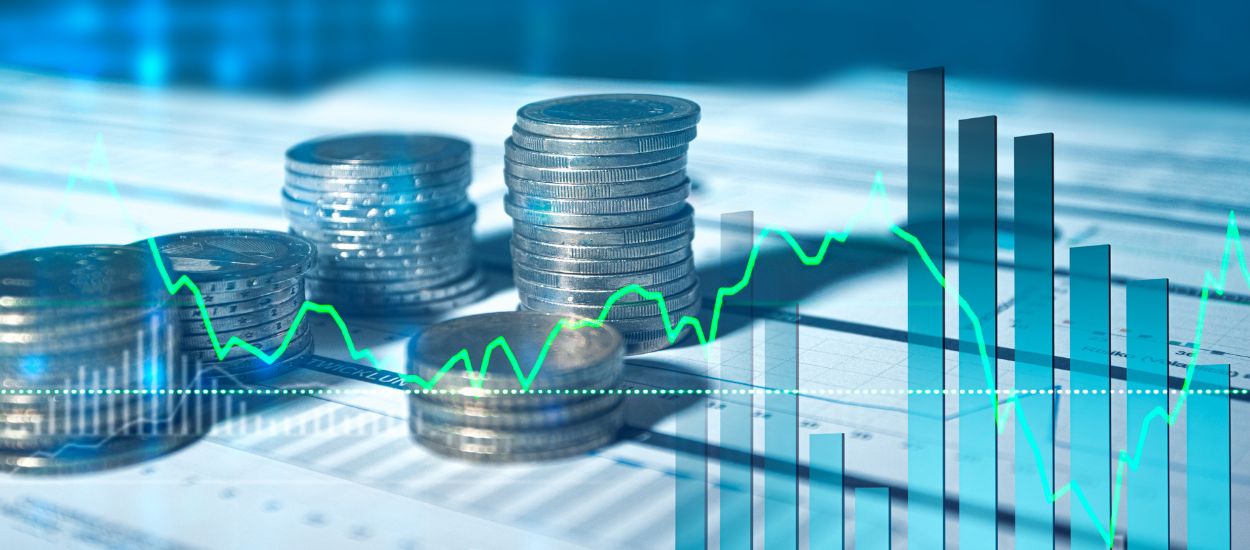
Imagine a data breach that exposes your company’s trade secrets. Or worse, a regulatory violation due to improper data disposal. These scenarios can have devastating consequences. As the stewards of corporate data, IT managers must protect information from the moment it’s created until it’s securely disposed of. Data collection is the initial phase in the data lifecycle, emphasizing the importance of accurate and relevant data for effective analysis and decision-making. The decision between data sanitization and data destruction is a critical part of information lifecycle management. Data creation is a critical subsequent phase that follows data collection, laying the foundation for effective data utilization. This guide provides a practical framework to help you determine the best disposal method, ensuring compliance, minimizing risk, and optimizing your data lifecycle management strategy.
Understanding Data Sanitization and Data Destruction
Data sanitization involves the process of securely erasing stored data from devices so that it cannot be recovered or reconstructed, even with advanced forensic techniques. This method is ideal when you plan to repurpose, resell, or redeploy IT assets, as it allows the hardware to remain intact while ensuring that sensitive data is permanently erased. Data security can be achieved through various data sanitization methods and data sanitization techniques, including overwriting data multiple times with random patterns, cryptographic erasure, or secure erase commands supported by storage devices. By implementing data sanitization, you can protect your organization’s sensitive information, comply with data privacy regulations, and reduce the risk of data breaches.
Data Destruction, on the other hand, refers to physically or digitally destroying storage devices so that data cannot be recovered. This approach is typically used when IT assets are no longer needed, and the risk of data recovery must be completely eliminated. Common examples include shredding hard drives, incinerating storage media, or using degaussers to erase data magnetically. CompuCycle offers in-house hard drive shredding at their secure facility, where clients can even watch their hard drives being destroyed via a live camera feed, ensuring complete transparency and peace of mind.
Key Considerations for IT Managers
1. Risk Management
- Data Sanitization: Best for scenarios where the IT asset will continue to be used within the organization or sold to a third party. Sanitization helps protect sensitive data by ensuring that it is irretrievable, thereby reducing the risk of data breaches, while allowing the hardware to maintain its value.
- Data Destruction: Ideal when the data is too sensitive to risk any potential recovery. For example, in highly regulated industries like finance or healthcare, where compliance is critical, destruction ensures that no data can be recovered, thus eliminating any risk of breaches.
2. Compliance Requirements
- Data Sanitization: Meets the requirements of many data protection regulations, such as GDPR and HIPAA, by ensuring that an organization’s data is irretrievable before IT assets are repurposed. This is particularly important in industries where data retention and secure erasure policies are mandated.
- Data Destruction: Necessary when regulations or internal policies require the complete destruction of data storage devices. It ensures compliance with laws that demand the absolute elimination of data, such as for end-of-life assets.
3. Cost Considerations
- Data Sanitization: Typically more cost-effective when the IT assets still have useful life. CompuCycle’s rigorous data sanitization process ensures that sensitive information is completely removed, allowing for safe resale or reuse of the hardware. This not only helps reduce the environmental impact of electronic waste but also provides companies with a way to recoup some of their initial investment.
- Data Destruction: While it may incur higher costs due to the loss of the hardware’s residual value, destruction is the best choice when the risk of data exposure from data stored on equipment outweighs the potential financial recovery from reselling or reusing the asset.
4. Environmental Impact
- Data Sanitization: Supports corporate sustainability goals by extending the life of IT assets and reducing e-waste. Sanitization enables the repurposing of equipment, which can be a significant part of a company’s environmental responsibility initiatives.
- Data Destruction: Generates more e-waste, as the physical destruction of devices often leads to their disposal. However, some components can be recycled, so partnering with a responsible IT asset disposition (ITAD) provider is crucial.
5. Operational Efficiency
- Data Sanitization: Allows for the rapid repurposing or redeployment of IT assets within the organization. If your company frequently refreshes its technology but retains ownership of the hardware, sanitization is a more efficient option.
- Data Destruction: More time-consuming and resource-intensive, particularly if the process involves large volumes of IT equipment. It’s typically a last-resort option when the other methods of secure data disposal are not viable.
When to Choose Data Sanitization
- Reselling or Donating IT Assets: If your organization plans to sell or donate IT assets, data sanitization is the preferred method. It ensures data security while maintaining the value of the equipment.
- Internal Reuse of IT Equipment: For companies that redeploy IT assets across different departments, sanitization is a cost-effective and secure method to ensure sensitive data is completely erased before reuse.
- Regulatory Compliance with Data Erasure: When regulations require proof of data erasure but do not mandate physical destruction, data sanitization offers a compliant and cost-effective solution.
When to Choose Data Destruction
- End-of-Life IT Assets: For assets that have reached the end of their useful life and will be disposed of, data destruction ensures that all the data is irretrievably eliminated.
- Highly Sensitive Data: In cases where data is extremely sensitive, such as in healthcare or financial sectors, and the risk of data recovery from a storage device cannot be tolerated, data destruction is the best option.
- Compliance with Strict Data Disposal Laws: When regulations specifically require the physical destruction of data storage devices, data destruction is necessary to ensure compliance.
Making the Right Choice for Your Corporation’s Data Security
Choosing between data sanitization and data destruction is a critical decision that impacts your organization’s data security, compliance, and sustainability efforts. By evaluating factors such as risk, compliance requirements, cost, and environmental impact, IT managers can make informed decisions that align with their company’s goals and ensure the secure disposal of sensitive data.
CompuCycle offers a comprehensive approach to IT asset disposition (ITAD) services which include both data sanitization and destruction options. Our certified processes ensure that your company’s data is handled securely and in compliance with all relevant regulations. Contact us today to learn more about how we can help you protect your corporate data.
Excited to learn more? Explore our other informative blog articles!
- How Procurement Drives ESG Success In IT Asset Disposition
- Circularity in Action: CompuCycle’s Commitment to Houston E-Waste Recycling
Learn more about CompuCycle’s IT Asset Disposal and secure data destruction services. For more information, visit CompuCycle.com, contact us online or call us at (713) 869-6700 to schedule a tour of our facility.
Recent Articles
Secure Electronics Disposal in Houston: Why the City’s Largest Industries Trust CompuCycle
When a major healthcare system decommissions thousands of laptops, or an oil and gas company retires an entire data center, one question comes up again and again: What happens to all that data — and…
Read MoreCompuCycle Executives Join R2 TAC and e-Stewards Leadership Council to Advance ITAD Standards
Houston-based ITAD provider deepens its industry influence through active participation in standard-setting committees. As corporate ITAD needs evolve alongside stricter compliance and ESG requirements, CompuCycle continues to lead the way—this time by contributing directly to…
Read MoreI’m Just a Computer: A Journey Through ITAD Recycling
Meet Chip the Computer – he’s about to take you on an unforgettable journey through the world of IT Asset Disposition (ITAD). Buckle up for an adventure that’s both educational and entertaining! Chapter 1: “Hello,…
Read MoreIs There a Wrong Way to Recycle Electronics?
Most people agree that recycling electronics is the right thing to do. It prevents hazardous waste from entering landfills, supports sustainability goals, and allows for the recovery of valuable materials. But what many businesses don’t…
Read More


